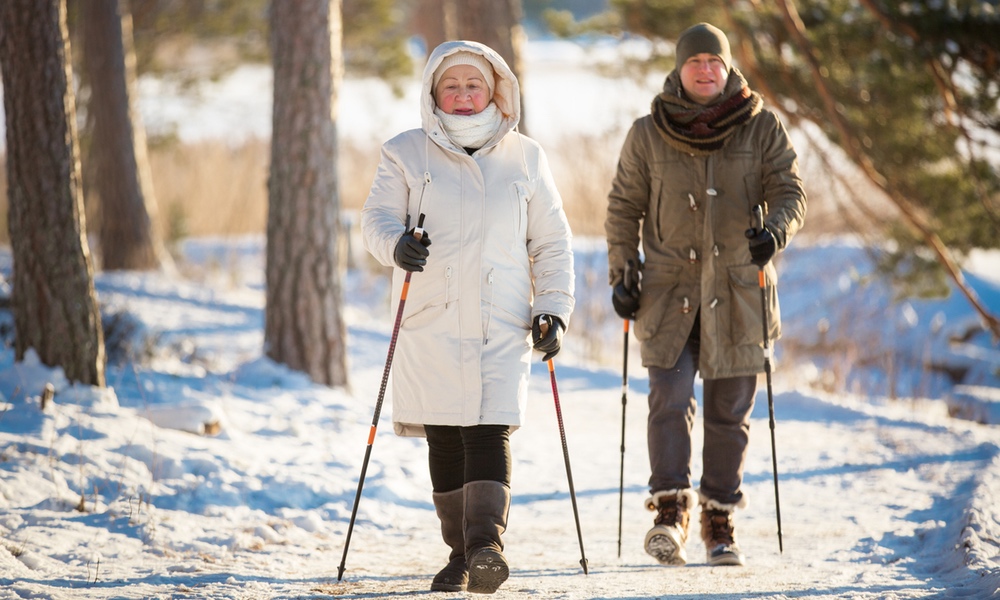Exercise won’t replace a COVID-19 vaccination, but recent research shows that exercise, even inconsistent exercise, can protect you from developing a severe COVID-19 infection.
Calling the results a “wakeup call,” Robert Sallis, a physician with the Southern California Permanente Medical Group and one of the study's authors, explained the findings, “People who regularly exercise had the best chance of beating COVID-19, while people who were inactive did much worse.”
The results are based on the medical records of nearly 50,000 Kaiser Health Plan members diagnosed with COVID-19 between January and October of 2020. As members of the plan, all the study participants had had at least two Exercise Vital Sign measurements in the previous three years preceding COVID infection.COVID patients who were consistently inactive were almost two and a half times more likely to die from the disease than their consistently active counterparts.
Only 6.4 percent of study participants were found to be consistently active, while 14.4 percent were found to be consistently inactive. The rest of the group (79.2 percent) fell into the “inconsistently active” category. The study subjects had an average median age of 47 years and skewed slightly female (61.9 percent).
Out of this study group, 8.6 percent of COVID patients were hospitalized; 1.6 percent of the patients in the study died, while 2.4 percent were admitted to an intensive care unit. Consistently inactive people were more than twice as likely to be admitted to the hospital as consistently active people. They were also 1.73 times more likely than consistently active people to be admitted to an ICU following COVID infection.
Aside from being 60 or older or having a history of organ transplant, physical inactivity was found to be the single greatest risk factor for severe COVID infection. Most shocking, consistently inactive COVID patients were almost two and a half times more likely to die from the disease as their consistently active counterparts.
Even after controlling for factors like smoking and obesity in their analysis, researchers were surprised to find just how protective moderate previous physical activity seemed to be for COVID patients. Even those patients who were inconsistently active fared better overall than those who got little to no exercise.
Finding an activity you enjoy is key to developing an exercise plan that suits you, so if walking isn’t your preferred activity, try climbing stairs or gardening, biking or high-intensity housework like mopping. Anything that elevates your heart and breathing rate will offer a similar protective benefit against severe COVID-19 infection — in addition to many other health benefits.
The study is published in the British Journal of Sports Medicine.





